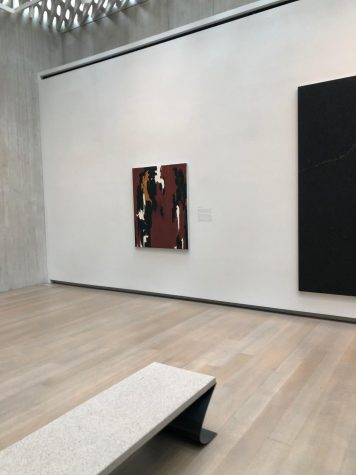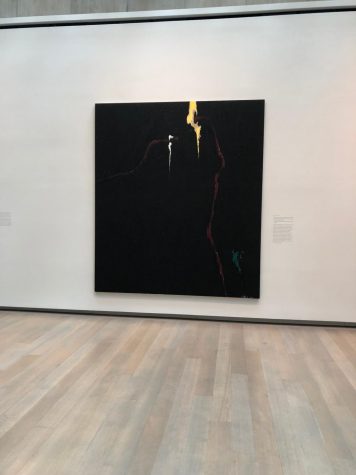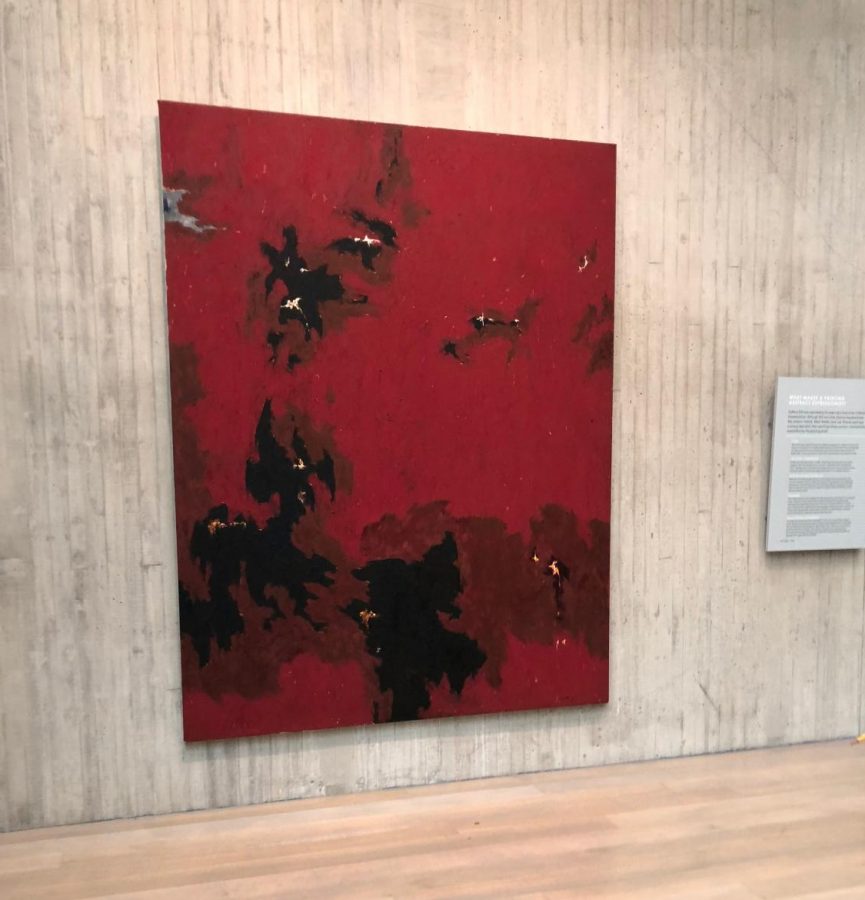Still Ill
March 13, 2019
Last week I got the opportunity to visit the Clyfford Still Museum in Denver’s Golden Triangle Creative District. The museum houses 94% of abstract expressionist Clyfford Still’s creative output, which works out to roughly 3,125 works of art dating from 1920 to 1980.
The tour was centered around Still’s transition from representational to abstract artwork (the latter of which he was most notable for). The museum contains rooms representing periods in his work, ranging from portraits and landscapes to figurative-surrealism.
The size of this collection was breathtaking. Throughout Clyfford Still’s career, he was skeptical toward selling and even showing his collection, explaining its sustained completeness. I even saw sketches that Still made documenting the whereabouts of his artwork. Proof that he wanted his art to stay together as a masterwork of sorts.
The unwritten boundaries of singular artistic endeavor was a main idea of the tour. Still made an incredible amount of art. He was prolific to the core. An inspiring aspect of his spirit and the museum.
Guided by historical context, Clyfford Still’s artwork began to paint a vivid image of post-World War II America. A longing for creative expression and playfulness is evident in Still’s work along with other artists of the time such as Jackson Pollock and Willem de Kooning. The museum showcased art as a vital facet of human expression and its ability of healing.
The mix of natural and artificial light in the museum gave each room a different feel, making each piece exciting in its environment. It would be a mistake not to mention the grace of the building itself. It’s stunning, inside and out. With brutalist harshness and endless shades of grey, the building distinguishes itself from the countless other marvels of architectural design in Denver.
I would have to rate the museum five out of five stars on account of the fact that it brings a lot of deserving attention to the abstract expressionist movement. A movement that challenged the conventional ideas of what art is and what it has to be.




